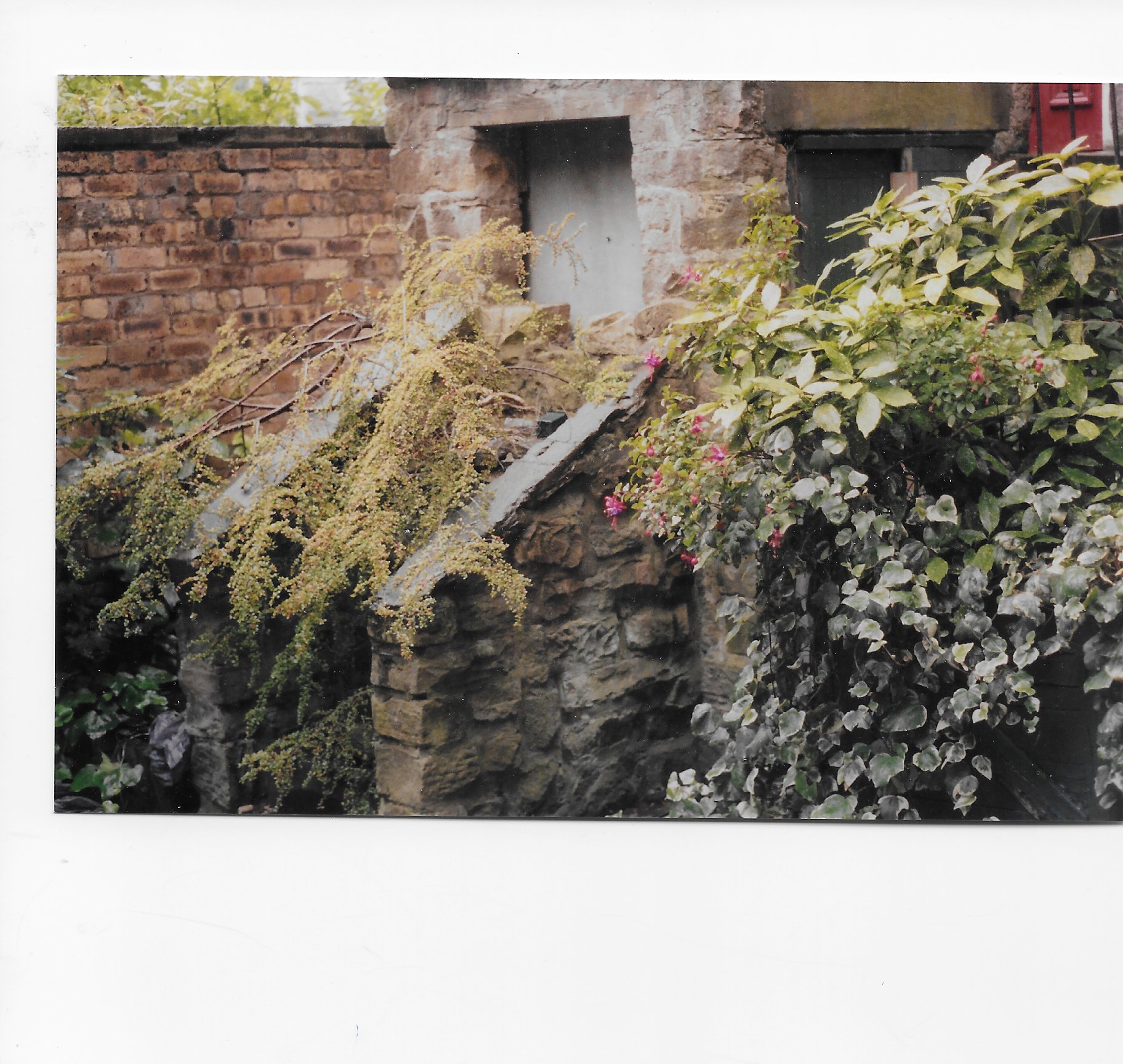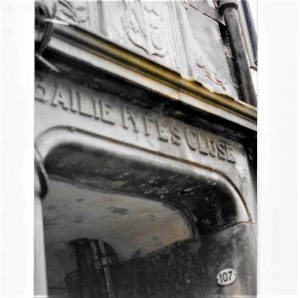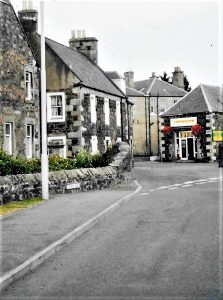Today we continue with the suspects initially we finish on Mary, the Queen and Lord Bothwell with
The Casket Letters
So what were the Casket Letters? Antonio Fraser in her book Mary Queen of Scots states that “that the only documents ever produced which were suppose to date from before….the murder, to prove that the queen enjoyed an adulterous liaison with Bothwell…” were these letters.
The Scottish Parliament described them as “….letters written wholly with her own hand…most certain…she was privy…of the fore-named murder of the King, her lawful husband.” Act of the Scottish Parliament, 15, December 1567.
According to Fraser “twenty-two documents (8 letters, two marriage contracts and twelve sonnets making up one poem) ” They were reportedly found in a silver casket after Mary fled Scotland. They were given to the English for awhilel, while they judged Mary who was at that time under their power, and reportedly while the English had them one seemed to have disappeared, for it is reported that by the time they were returned to the Scots. in 1571 there were only 21 and by 1584 the originals “were never seen again from that day to this…”
Fraser goes on to call the authenticity of the letters dubious. While History.com says: “Historian John Guy believes that about half of the information in the letters is false. ‘The Casket Letters were a fix by Mary’s enemies to destroy her, an ingenious, devious one,’ he writes. Others argue that they were pure forgeries.” https://www.history.com/news/mary-queen-of-scots-casket-letters-scandal. Of the Sonnets John “Guy points out that they are highly unlikely to be genuine as ‘they are extremely clumsy and would pass only with the greatest difficulty as the work of a native French speaker…'” https://www.tudorsociety.com/the-casket-letters/
Whether the letters were authentic or forged preoccupied historians for centuries, with no conclusive results according to the Encyclopedia https://www.britannica.com/topic/Casket-Letters
The stone often recoils on the head of the thrower.
Elizabeth I To Mary, Queen of Scots.
Chamberlin, The Sayings of Queen Elizabeth (1923), ch. 18.
-

Collection Davey Allison Articles Cards, Magazines 2/18/89 – 2/17/94
$75.20
Bothwell’s Trail
This commenced on April 12, 1667
Weir explains in her Mary Queen of Scots and the Murder of Lord Darnley that the “The record of Bothwell’s trial is missing from the official archive known as the Books of Adjournal, but a copy survives in the hands of Justice CLerk Bellenden.” And Frasier sayes that it was brought about by the private petition of Lord Lennox. Some say the trail, which last seven hours from noon to 7 pm, was fixed due to the jurors being not only his peers but his allies. But Weir disagrees and gives a convincing line up of the jurors and whom or what they were loyal to. Other authors agree it was due to a lack of evidence. But many of the time were not convinced.
March 1543, Henry’s envoy, Sir Ralph Sadler, could report that she (Mary as a infant) was ‘a right fair and goodly child, as any that I have ever seen of her age’.
-

Vintage Lucas Bols Anno 1575 Amsterdam Holland Jug with Handle and Corked Lid
$20.75
The Craigmillar Bond (some call it a conspiracy)
After the murder of Rizzo, Mary and her Lairds had issues with Darnley. She for his involvement in the murder of her trusted confident and they because while they had suffered and many were in exile, Darnley continued as King Consort with no real punishment.
According to Fraser she (Mary) made it clear at Craigmillar that she wished to be free of Darnley in a very certain declaration–much (as Fraser points out) as Henry II had once cried out to be freed of Beckett. Both Lennox and Leslie asserted as much and that the Lords had plotted the assassination of the King at Craigmillar…..Weir states that is “hard to believe that the matter was not touched upon in private by the five nobles who had brought up the matter of divorce with the Queen. Lennox had stated that that the time and manner of the murder had in fact decided on at this time.
So let’s look at the Persons that were there
You probably won’t be surprised that we’ve already
looked at two: Mary the Queen and Bothwell, James Hepburn soon to be consort and husband #3.
Centuries after her death, Mary continues to be an object of cultural fascination. The 1971 film Mary, Queen of Scots starred Vanessa Redgrave as Mary and Glenda Jackson as Queen Elizabeth I, with Timothy Dalton as Henry Stewart, Earl of Darnley.
In 2013, a Swiss-French movie was made on Mary’s life. And the 2018 movie, Mary Queen of Scots, starred Saoirse Ronan as Mary and Margot Robbie as Queen Elizabeth I. Mary’s life also inspired the 2013 to 2017 television show Reign on The CW.
-

Real Autograph, Early Jeff Gordon picture 8×10
$90.05 FREE shipping
James Stewart, 1st earl of Moray,
(born c. 1531—died January 21, 1570, Linlithgow, West Lothian, Scotland), half brother of Mary Stuart, Queen of Scots,
The illegitimate son of King James V and Lady Margaret Douglas, Stewart led the Protestant lords in their conflict with Mary Stuart’s mother, Mary of Lorraine, the queen regent. When Mary Stuart assumed control of the government upon the death of her mother in 1560, however, he supported her, despite her Roman Catholicism. In 1562 she made him Earl of Moray and Earl of Mar, but he lost her favour by supporting the Calvinist reformer John Knox and by opposing the queen’s marriage (July 1565) to Henry Stewart, Lord Darnley. From August to October 1565, Moray attempted to arouse Edinburgh citizens against Mary’s authority. She personally led the force that drove him and his supporters across the border. The outlawed Moray fled to England but was pardoned and allowed to return to Scotland the following year. https://www.britannica.com/biography/James-Stewart-1st-Earl-of-Moray
Stewart was among those who plotted a coup attempt against the now heavily pregnant Mary in March 1566, the first step of which was the murder of her Private Secretary, David Rizzio. The coup was defeated after Mary turned Lord Darnley against the other consiprators, and he helped her to safety at Dunbar Castle under the protection of James Hepburn, 4th Earl of Bothwell.
https://www.undiscoveredscotland.co.uk/usbiography/s/jamesstewartmoray.html
According to Fraser Morley was one of the Lairds to initially broach the subject of divorce of Dudley to Mary at Craigmillar. and Buchanan, (The Book of Articles of 1568) states that he was present when Mary referred to her wish to be rid of the King. Leslie stated that Moray was among those who
consulted and devised this mischief”. and Weir states that Huntly and Argyll concluded that: “hold certain and truth, that Moray (and Maitland) were authors, inventors, devisers, counsellors and causers of the murder in what manner and by whatsoever persons the same was executed.”
Moray was always one of my favorites for the crime as he was involved in the Murder of Rizzo and so had an issue with the Consort, then he was at Craigmillar, though I honestly doubt that he felt much for the Queen’s desires and most importantly:
Mary’s departure and defeat mean that he “was Regent of Scotland for his half-nephew, the infant King James VI of Scotland, from 1567 until his assassination in 1570. ” https://historybytez.com/2016/01/23/1570-james-stewart-1st-earl-of-moray-regent-of-scotland-is-assassinated-by-firearm/ Which gave him immense power-and could certainly be another motive–one wonders what would have happened to the prince as he grew nearer majority.
James was the son of King James V Stewart, King of England and Margaret Erskine. James was born Circa 1531 in Scotland and died 23 Jan 1570 in Linlithgow assassinated by a fire arm, becoming the first recorded person assassinated by a firearm. He married Lady Anne Keith on 8 February 1561/62.
| BURIAL |
Edinburgh, City of Edinburgh, Scotland |
|---|---|
| MEMORIAL ID | 62038622 · View Source |
https://www.findagrave.com/memorial/62038622/james-stewart
As Moray was passing in a cavalcade in the main street below, Hamilton ( James Hamilton of Bothwellhaugh, a supporter of Mary Queen of Scots.) fatally wounded him with a carbine shot from a window of his uncle Archbishop Hamilton’s house.
-

Parts and Belts for Sanitaire SC899 Commericial Vacuum Cleaner
25.00
We’ll see you back again next Monday for a further look at the Craigmillar Conspirators and maybe a few more less conventional conspirators.










